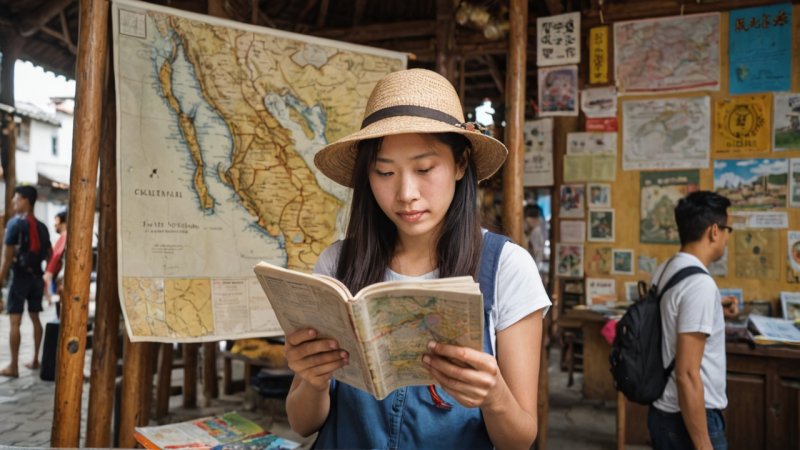Traveling to new countries can be an exhilarating experience, but it also comes with its unique set of challenges, especially when it comes to cultural differences in safety practices. Understanding and preparing for these differences is crucial for a smooth and safe journey. In this article, you will learn how to navigate cultural safety practices, ensuring that your travels are both enjoyable and secure.
Step 1: Research Your Destination
Before you embark on your journey, it's essential to conduct thorough research about the culture and safety norms of the country you are visiting. Here are some tips on how to do this:
- Read travel guides: Look for reputable travel guides that give insight into local customs and safety practices.
- Visit travel forums: Engage with other travelers on platforms such as TripAdvisor or Lonely Planet.
- Consult government travel advisories: Review official websites for safety warnings and cultural insights.
Step 2: Understand Local Laws and Regulations
Every country has its own set of laws and regulations that may differ significantly from your home country. Understanding these can prevent you from unintentionally breaking the law. Consider these aspects:
- Legal drinking age: Know the legal drinking age and laws regarding alcohol consumption.
- Photography restrictions: Some places may have restrictions on photography, especially near military or government buildings.
- Traffic laws: Familiarize yourself with local traffic laws, including driving customs and pedestrian rights.
Step 3: Learn Basic Local Language
While many people around the world speak English, learning a few basic phrases in the local language can enhance your travel experience and help you navigate safety issues more effectively. Focus on these phrases:
- Greetings: Learn how to say hello, thank you, and goodbye.
- Emergency phrases: Familiarize yourself with phrases like “Help!” or “Call the police!”
- Directions: Knowing how to ask for directions can be invaluable.
Step 4: Be Aware of Cultural Norms
Cultural norms can influence how safety is perceived in different regions. Be mindful of the following:
- Dress code: In some cultures, dressing conservatively is a sign of respect.
- Body language: Understanding local body language can help you avoid misunderstandings.
- Personal space: Different cultures have varying norms regarding personal space and physical contact.
Step 5: Prepare for Health and Safety Practices
Health and safety practices may vary widely, and it's crucial to prepare yourself accordingly:
- Vaccinations: Check if any vaccinations are required or recommended for your destination.
- Health insurance: Ensure you have adequate health insurance that covers international travel.
- Local health facilities: Research where the nearest hospitals or clinics are located.
Step 6: Stay Alert and Trust Your Instincts
Finally, while exploring new places, always stay alert and trust your instincts:
- Be aware of your surroundings: Stay vigilant and be aware of any unusual situations.
- Travel with a buddy: Whenever possible, travel with someone else, especially at night.
- Know when to leave: If a situation feels uncomfortable, don’t hesitate to leave.
By following these steps, you will be well-prepared to navigate the cultural differences in safety practices during your travels.
Summary: In summary, preparing for cultural differences in safety practices involves researching your destination, understanding local laws, learning the local language, being aware of cultural norms, preparing for health and safety practices, and staying alert. Each step is crucial for ensuring a safe and enjoyable travel experience.
Final Advice: Always keep an open mind and be willing to adapt to new environments. Your ability to respect and understand different cultural safety practices will greatly enhance your travel experience.






